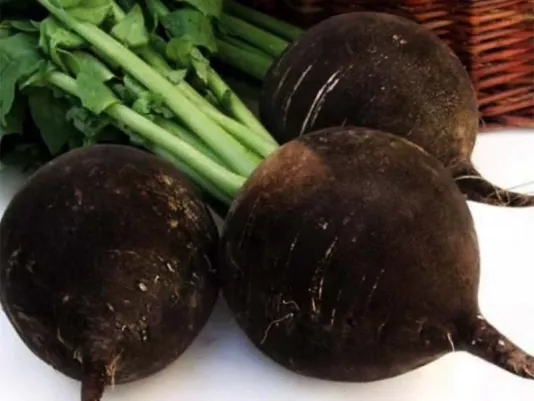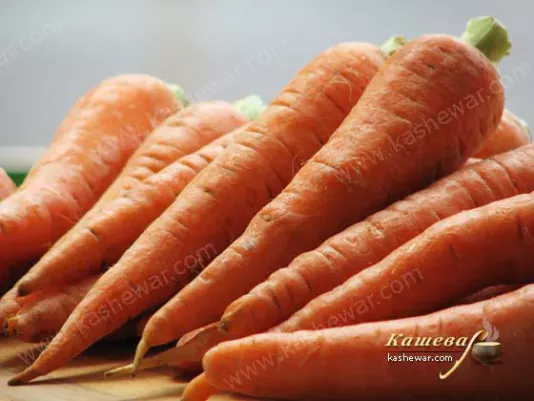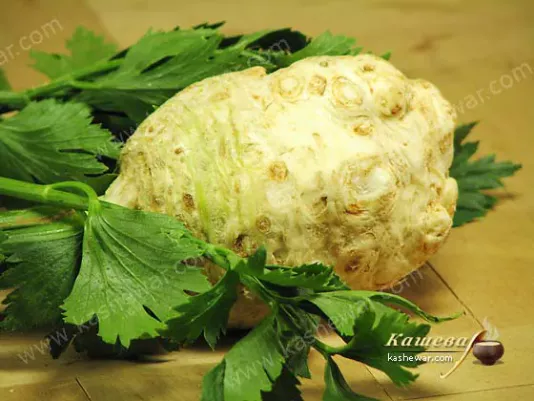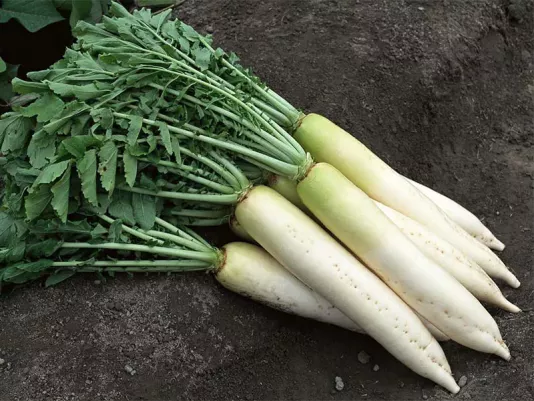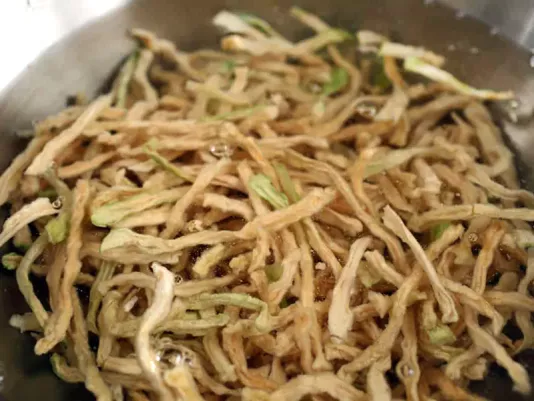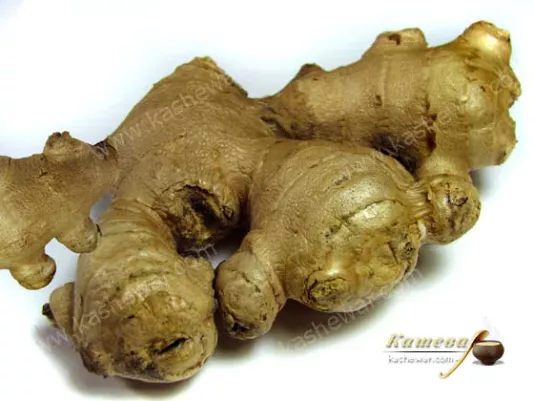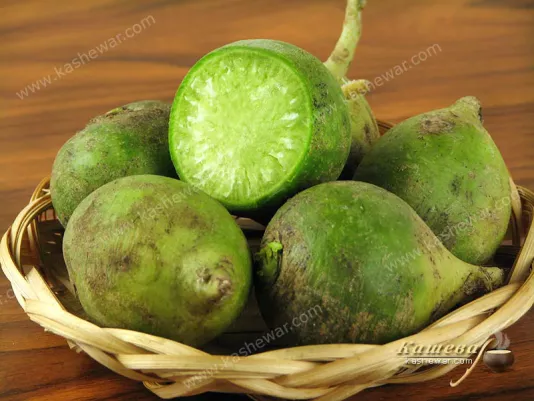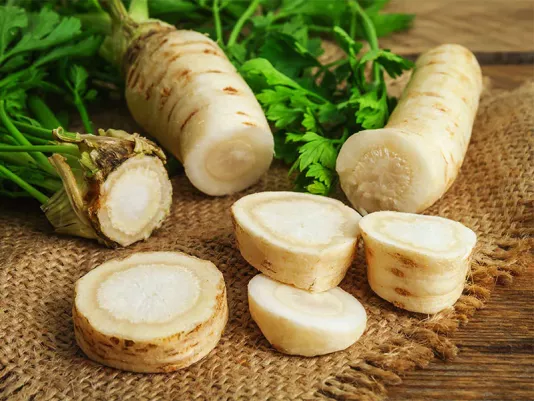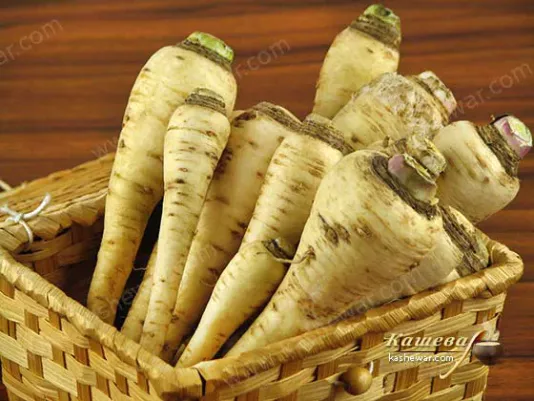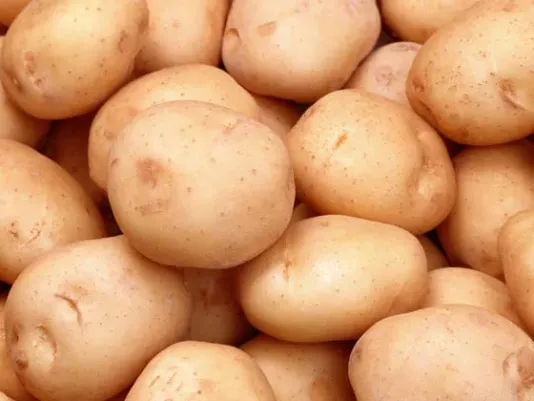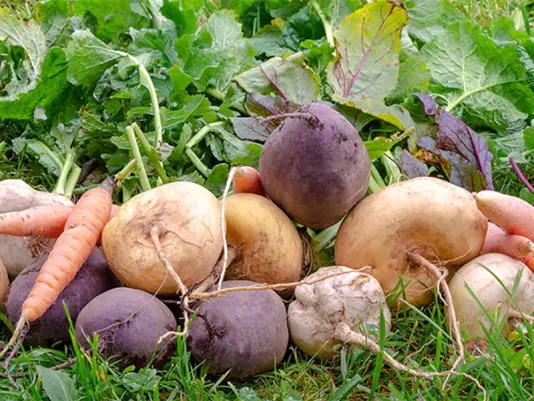Carrots, Beets, and Others
Carrots, beets, and others are true staples of my home cooking, as it’s hard to imagine most traditional dishes without them. I always begin soups or stews with these vegetables, as they create the right aromatic foundation. For me, carrots are a source of mildness and sweetness, beets provide rich flavor and vibrant color, and parsnips and celery add that special aroma that makes dishes deeper and more interesting. I love combining these vegetables because together they create a real symphony of taste. Beyond that, they are very healthy: packed with vitamins, minerals, and fiber, which makes dishes not only delicious but also nutritious. For me, these vegetables symbolize homely warmth and culinary traditions that are always with me, regardless of season or occasion.
Different Types of Carrots, Beets, and Other Vegetables
Carrots in Everyday Cooking
Carrots have always been a vegetable I cannot go a single day without in the kitchen. I start most soups with them because carrots give the broth a slight sweetness and a pleasant golden hue. In stews, carrots act as a natural flavor enhancer: when cooked with other vegetables, they make them more tender and balanced. I like to use carrots together with onions and celery, as this trio forms the foundation for countless dishes – from borscht to vegetable stew. In summer, I add fresh grated carrots to salads, pairing them with apples or cabbage, and each time it results in a light, juicy dish full of freshness. In colder months, I use carrots more in hot meals: they hold their shape well in casseroles, turn tender in soups, and create an appetizing aroma when fried. To me, carrots also represent versatility: I even use them in baking, such as in carrot cake or muffins, where they add moisture and tenderness to the batter. This vegetable is always within reach, and thanks to it even the simplest meals acquire a complete, harmonious taste that never grows boring.
Beets in Traditional and Modern Dishes
Beets, for me, are a vegetable that represents home cooking while also offering plenty of room for modern culinary experiments. Most often I use them for making borscht, since beets create the rich color and sweet flavor without which this dish is unimaginable. Beets are also essential in salads: from the classic “vinaigrette” to light summer versions with greens and cheese, they always add vibrancy and nutrition. Roasted beets were a revelation for me: I wrap them in foil and bake them in the oven, and they become soft, caramelized, and perfect as a base for side dishes or purées. I also use beets in smoothies and juices because they provide energy and a vibrant color. In colder months, I love making hot dishes with beets – soups, braised vegetables, or even casseroles that turn out hearty and aromatic. Beets are special to me also because they keep well, meaning I can use them at any time of year. They represent a mix of tradition and modernity, as they work equally well in tried-and-true recipes and new culinary ideas that I test in my kitchen.
Potatoes and Other Root Vegetables
Potatoes have always been a symbol of satiety and homely comfort for me, as it’s hard to imagine an everyday table without them. I cook them in many variations: from classic mashed potatoes to baked wedges with herbs, and each time they bring a new flavor. In soups, potatoes create the base, making dishes hearty and balanced. But it’s not just potatoes that belong in this group – parsnips, turnips, and celery also play an important role in my kitchen. I enjoy adding parsnips to broths, as they lend a subtle sweetness and deepen the flavor. Turnips are a rarer choice for me, but when I use them in stews or casseroles, they add a special tenderness. Celery, on the other hand, has become a regular ingredient: I use it fresh in salads as well as cooked in soups and braises. All of these vegetables store well, and I always keep them on hand to make a quick and healthy dish. They provide not only variety of flavor but also nutritional benefits – vitamins, fiber, and minerals. Thanks to them, I can create menus that meet both everyday needs and the desire to prepare something special.
Root Vegetables in Salads and Appetizers
I often use root vegetables not only in hot dishes but also in salads and appetizers, where they reveal themselves in new ways. Grated carrots with apple and lemon juice is a light option I enjoy in summer when I crave something fresh and healthy. Beets in salads add vibrant color and a sweet flavor that pairs wonderfully with tangy cheese or nuts. Potatoes, when boiled, become the base for many appetizers since their tender texture holds other ingredients well and makes dishes more filling. I also like adding raw celery root or parsnip, as they bring a distinct aroma and create an interesting flavor contrast. In the colder season, I prepare appetizers with roasted vegetables – carrots, beets, or turnips, which become sweeter and softer after cooking. Such dishes are perfect for both daily meals and festive occasions, as they look colorful and unusual. For me, salads with root vegetables are a way to diversify the menu, making it both healthy and very tasty.
The Benefits and Variety of Carrots, Beets, and Other Vegetables
Carrots, beets, and other root vegetables have always been, for me, an example of how simple foods can be incredibly healthy and versatile. I’ve found that these vegetables help maintain a healthy lifestyle, as they contain fiber, vitamins, and minerals necessary for daily nutrition. Carrots enrich the body with carotene and are beneficial for vision, beets purify the blood and help restore energy, potatoes provide long-lasting energy, while celery and parsnips bring freshness and diversity. What’s important to me is that all these vegetables can be combined with one another, creating dishes that work equally well for a family dinner or a festive feast. I enjoy experimenting with them, trying out new recipes, but I always return to classic, time-tested options that remind me of home comfort. These vegetables show me that healthy and delicious food is always within reach – it only takes a little imagination to make familiar ingredients shine with new flavors.

